Products
Calcium Carbonate
Calcium carbonate, or CaCO3, comprises more than 4% of the earth’s crust and is found throughout the world. Its most common natural forms are chalk, limestone, and marble. Calcium carbonate appears as white, odourless powder or colourless crystals. Calcium carbonate (CaCO3) is the most widely used filler in polymer formulations. As a filler, calcium carbonate allows cost reduction and improved mechanical properties. Depending on their origin and history of formation, and their impurities, the calcium carbonates have different properties. Three major technological processes are used in the production of calcium carbonate fillers: milling, precipitation, and coating.
Type of Calcium Carbonate
| Ground calcium carbonate (GCC) | Activated Calcium Carbonate (ACC) | Precipitated Calcium Carbonate (PCC) |
GCC: Ground calcium carbonate (GCC) is a chemical compound with the formula CaCO3. GCC is produced by mechanical grinding of the raw material, limestone or calcite ore containing CaCO3 as major component. Then it is produced to required size. No chemical change is involved in the process.
ACC: Activated Calcium Carbonate (ACC) is produced by surface coating the Precipitated Calcium Carbonate slurry with Fatty Acids (Stearic Acid) and Titnate Coupling Agent then filtering and drying of the coated PCC slurry to produce ACC powder.
PCC: Precipitated Calcium Carbonate (PCC) involves following chemical changes.
| Calcination
Limestone is heated at about 1000-degree centigrade temperature in a Kiln to produce quick lime |
→ |
Hydration/slacking
The quick lime pebbles are mixed with water in a calculated ratio to form hydrated lime slurry, called milk of lime |
→ |
Carbonation
Milk of lime slurry is then treated with CO2 evolved during calcination process and convert back to CaCO3 |
→ |
Filtration and Drying
The CaCO3 formed is in slurry form which is then filtered and dried to powder form |
| CaCO3 Heat → CaO(Lime/quick lime) + CO2 | 2CaO + 2H2O → 2Ca(OH)2 | Ca(OH)2 + CO2 → CaCO3 + H2O | Precipitated Calcium Carbonate (PCC) |
The size and shape of PCC is controlled and other impurities are removed during the process. Hence PCC has more advanced applications as compared to GCC. Precipitated calcium carbonate (PCC) is used in applications where, for example, higher brightness or a narrow particle size distribution is required. PCC is finer particle size distribution, and hence is more suitable in extremely smooth/high gloss formulations.
Application of Calcium Carbonate
There are usages across various industries; plastics, paper, rubbers, paints, inks also in pharmaceutics, cosmetics, construction materials, and asphalts and as a nutritional supplement in animal foods among other industries.
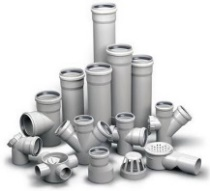 |
 |
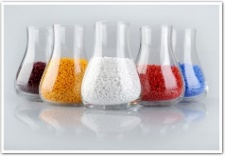 |
 |
Grades of SNG Microns Private Limited
| Grade Name | Origin Country | Applications |
| SM001/ SM002/ SM003 | Vietnam | Paint, CPVC |
| SM004 / 4C | Vietnam, Egypt, Malysia | Plastic, Paint |
| SM010 | Vietnam, Egypt, Malysia | Plastic, Paint |
| PCC100 | Vietnam, India | Plastic, Paper, Profile |
| ACC | India | Plastic, Profile |
| SM006 / SM006C/ SM203/203C/ SM208P/ SM775/ SM775C | India | Plastic, Masterbatch, Paint, Animal Feed, Others |
Note: “C” represents coated material with stearic acid. Connect with us for technical data sheet (TDS) of products.
Is customization of Calcium Carbonate powder possible by SNG Microns Pvt Ltd.
Yes, we understand the requirements of various industries and their application, hence we have infrastructure and technical expertise to customize the materials as per requirements of our customers.
Production process of Calcium Carbonate
Calcium carbonate, as it is used for industrial purposes, is extracted by mining or quarrying. Pure calcium carbonate can be produced from marble, or it can be prepared by passing carbon dioxide into a solution of calcium hydroxide. There is various design of machine for producing powder, which severely impact the quality of calcium carbonate powder.
How does crushing machine impact the quality of Calcium Carbonate Powder Or role of various type of machine in quality of produced of Caco3 powder
Type of Machine
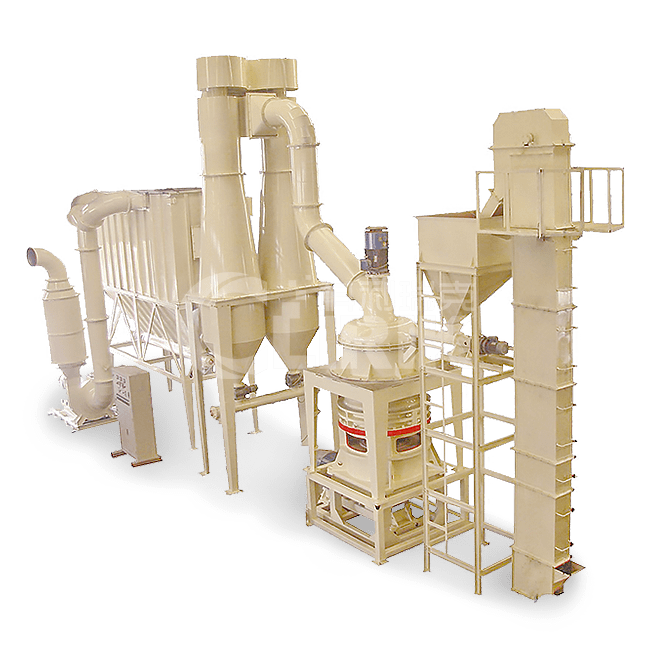 |
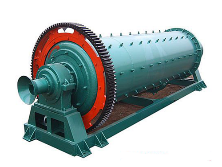 |
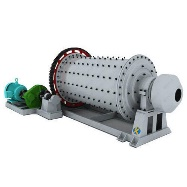 |
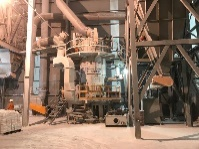 |
| Raymond Mill | Ball Mill | Hosokawa Ball Mill | Hydraulic machine |
Raymond mill: In the grinding mill equipment, the production cost of Raymond mill is the lowest. Stereo structure save production line covers an area. Raymond grinding fineness is producing up-to 500 mesh size.
Ball mill: A ball mill is a type of grinder used to grind and blend ore material into nano size using different sized balls. The working principle is; impact and attrition. Size reduction take place as the ball drops from near the top of a rotating hollow cylindrical shell. The nanostructure size can be varied by varying the number and size of balls. Grinding elements in ball mills travel at different velocities. Therefore, collision force, direction and kinetic energy between two or more elements vary greatly within the ball charge.
China Origin mill: In Vietnam, most of manufactures are using Reymond mill with slight modification, that give the result similar to Raymond mill.
Hosokawa Alpine mill: For over 120 years now, Hosokawa Alpine has been designing and building process technological machines and systems for processing powders, granules and bulk materials as well as for manifold recycling jobs. The company has a comprehensive product portfolio – from mills and shredders to classifiers. Machine are design in such a way that its produce best of best quality powder in term of particle size and shape of particles.
Hydraulic mill:
Vertical grinding machines best so far, especially for finer mesh size of powder.
Comparison of Various Machine
| Raymond mill | Ball mill | China Origin mill | Hosokawa Alpine mill | Hydraulic mill | |
| Mesh Size | |||||
| Particle Distribution | Highly distributed | Even | Highly distributed | More even | Highly even |
| Shape of Particle | Ovel | Round | Ovel | Round | Round |
| Energy Consumption | Low | High | Low | Very High | Very High |
| Production Cost | Low | High | Low | Very High | Very High |
Which Calcium Carbonate is suitable for us? What is difference between Dolomite, Calcite, Limestone Powder, Calcium Carbonate
Calcite mainly contains calcium carbonate and dolomite mainly contains calcium magnesium carbonate. Dolomite differs from calcite because of the presence of magnesium. Calcite reacts quickly with acids and produce carbon dioxide bubbles. But dolomite is weakly reacting with acids producing bubbles very slowly.
As limestone, calcium carbonate is a biogenic rock, and is more compacted than chalk. As marble, calcium carbonate is a coarse-crystalline, metamorphic rock, which is formed when chalk or limestone is recrystallised under conditions of high temperature and pressure. In perspective of PVC Pipe and fittings both the limestone powder and calcium carbonate powder are same. In case of limestone powder materials/ powder is always natural. Calcium carbonate could be natural as well as coated.
Imported Calcium Carbonate Vs Indian Calcium Carbonate
Indian mines lack purity (Caco3 %), whiteness and Brightness due to which in PVC pipe and Fittings and Plastic industries in India calcium carbonate powder of Vietnam, Egypt, Malysia origin is preferred by plastic manufactures. Even in paint and masterbatch industries the imported calcium carbonate powder gives better results compare to Indian counterpart.
| India | Malysia | Egypt | Vietnam | |
| Purity | Low | High | High | Very High |
| Whiteness | Low | High | High | Very High |
| Brightness | Low | High | High | Very High |
| Impurity | High | Low | Low | Very Low |
| Hardness | High | Low | Low | High |
Coated Calcium Carbonate Vs Uncoated / Natural Calcium Carbonate
When the natural calcium carbonate powder is coated with Fatty Acids (Stearic Acid) or Zinc Stearate or Titanium Dioxide, the powder become coated. Generally, in market and PVC Pipe and fittings industries material coated with stearic acid is available and preferred by manufactures due to cost advantages and round the clock availability.
However, when manufactures are using calcium carbonate origin of Vietnam, Malysia or Egypt they should not be worrying about uncoated or natural calcium carbonate powder as all of them have very high percentages of CaCO3, means highly pure; among all for PVC Pipe and fittings, we suggest materials of Vietnam origin due to better physical and chemicals property of materials.
Which Calcium Carbonate is suitable for PVC Pipe & Fittings? / How calcium carbonate impact quality of PVC Pipe and Fittings
Calcium carbonate powder play vital role in PVC Pipe and fittings, hence choosing the right quality is must. Even said that if you get the right quality of calcium carbonate powder and with right compounding, you can always succeed in your business of PVC Pipe and fittings. The quality of pipe & fittings gets impacted due to compromise on quality of materials, we at SNG Microns always suggest our customers to use better calcium carbonate powder, which in turns reduce the overall production cost.
Why to buy Calcium Carbonate from SNG Microns Private Limited
We, SNG Microns Pvt Ltd offers wide ranges of Calcium Carbonate. Kindly contact us for technical data sheet or to understand your requirements and suggests you the best grade available for those particular applications. We are one of largest importer of calcium carbonate in eastern India. Materials are available of Vietnam, Malysia, Egypt, and India origin.